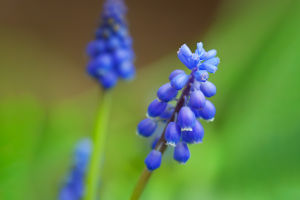Sunflowers have a cool ability called heliotropism, which means they can follow the sun as it moves across the sky. This behavior is mainly seen in young sunflowers.
In the morning, they face east when the sun rises, then slowly turn to face west during the day, and at night, they return to face east again.
To understand how this happens, we need to look at how sunflowers use their internal clocks and respond to signals from their environment.
Internal Biological Clocks
Sunflowers have an internal clock, similar to the body clocks found in animals, that controls their growth and movement in response to light. This clock helps the sunflower prepare for dawn and organize its daily activities. Research shows that the sunflower's ability to follow the sun is closely linked to this clock, which is important for helping the plant grow better and attract pollinators.
How Sunflowers Move
Sunflowers move by growing at different speeds on each side of their stem. During the day, the east side of the stem grows faster, causing the flower head to tilt toward the sun. At night, the west side grows more, which helps the flower return to its original east-facing position by morning. This cycle of growth is controlled by a plant hormone called auxin, which moves to the side of the stem with less sunlight, making that side grow faster.
Genetic Control
Recent research has found certain genes that get activated when exposed to sunlight, helping the plant track the sun. These genes control proteins that manage the sunflower's growth and movement. The process is complex and involves multiple pathways, suggesting that sunflowers don't just bend toward light like other plants but have more intricate methods for following the sun.
Attracting Pollinators
Facing east at dawn not only helps sunflowers get more sunlight but also plays a key role in attracting pollinators. Studies show that east-facing flowers warm up faster in the morning, making them more appealing to bees and other pollinators, who prefer warmer flowers. This strategic positioning increases the sunflower's chances of being pollinated, which is important for reproduction.
Conclusion
The sunflower's ability to follow the sun is a wonderful example of how plants adapt to their surroundings through complex biological processes. By using an internal clock, different growth rates, and genetic control, sunflowers optimize their growth and attract pollinators more effectively. While scientists are still exploring the exact details, the beauty of this natural phenomenon continues to amaze those who study it.


